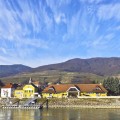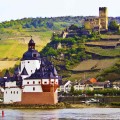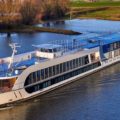
I can’t imagine any voyage more steeped in European history than a cruise along the Danube aboard a Viking Longship whose program director is a guy named Attila “the Hun-garian.”
Even our starting point on the Danube is iconic. The Viking River Cruise dock is right beside Budapest’s ornate Chain Bridge and the panorama in all directions includes architectural jewels that date to the days of the Austro-Hungarian Empire.
Just as the Vikings conquered much of Europe in their early long ships, so Viking is developing a dominating presence on the rivers of Europe with their uniquely styled Longships.
I’ve discovered key elements of their formula for success:
1) Smooth choreography
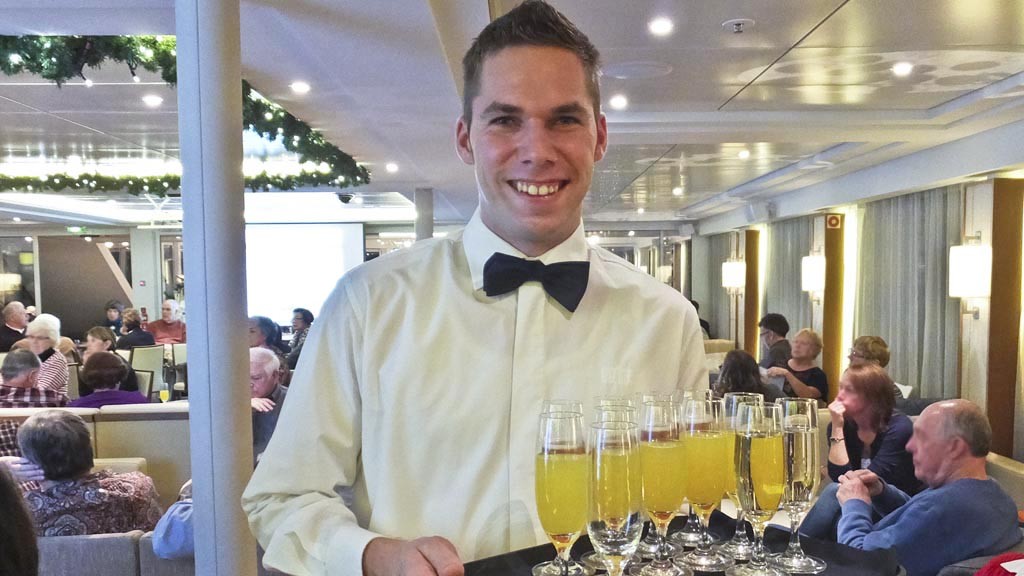
There’s a greeting party at the dock ready to take our bags and show us directly to our stateroom as we arrive. And, would we like a complimentary glass of bubbly to sip while unpacking?
It’s a week billed as a Danube Waltz and my first impression is that Viking River has got the choreography down to a science. There’s no need to give a credit card imprint or sign any paper work; they know who we are and are happy we’re here.
Aside from a couple of premium shore excursions offered as options to the complimentary daily tours, there’s no need to make reservations for anything. Viking doesn’t put a lot of bureaucracy in the way of settling in for a good time.
2) They’re everywhere
Tor Hagen, the line’s founder, believes in economies of scale and has ships mass produced rather than ordering one or two at a time, as competing river lines do. In just four years, the Viking fleet has grown to 53 ships and a dozen more are coming in 2015. That couldn’t happen unless passengers were responding and coming back for more. Viking was recently named the “Best River Cruise Line” in a poll of U.S. readers of Cruise Critic.
3) Unique design
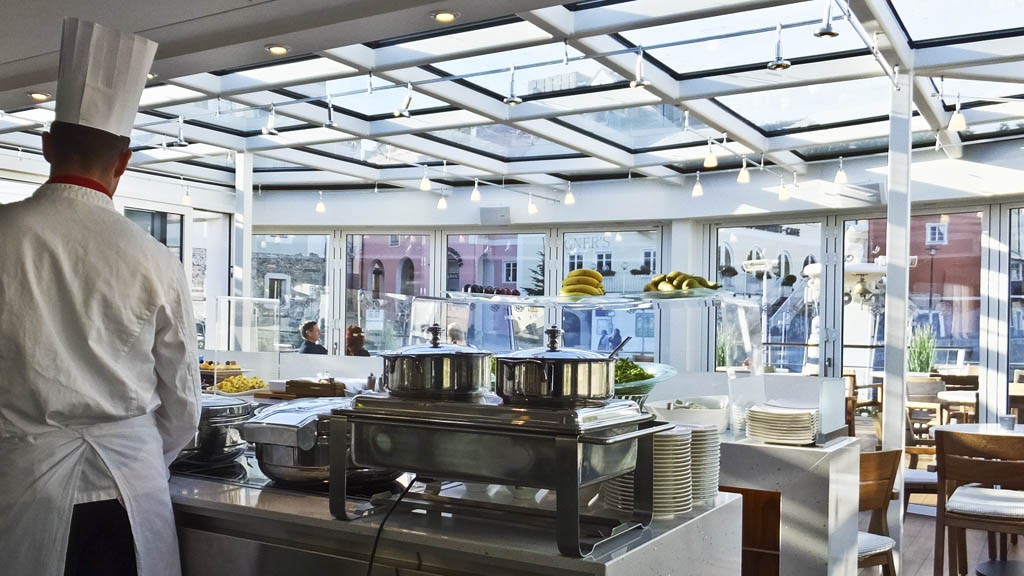
The Longships have a unique look that sets them apart from other ships doing river cruises. Yes, the snubby, rounded nose and boxy superstructure that runs from bow to stern is a mite homely. But it’s a very practical—in fact patented—design that creates more space on river ships that are limited in size by the dimensions of locks and bridges on Europe’s rivers.
Longships really do look longer than any of their competitors. And inside they feel light and airy thanks to the floor to ceiling windows in public spaces and staterooms, most of which feature sliding glass doors onto relatively large balconies.
The design creates space for at least eight more guest staterooms than are typical on other river cruise ships. That means when the ship is running full and all 190 guests gather at once for the port talk at happy hour, there are more guests than seats in the lounge.
Folding chairs handle the overflow. That’s only temporary, because everyone rushes out to dinner when the talk ends at 7 p.m. sharp. Most other times, there are always plenty of lounge chairs and sofas to go around.
The Longships are also designed to be “green,” including hybrid engines that make them cleaner and quieter than some competitors. There are even solar panels on the sun deck that help fuel the engines.
4) Comfort food
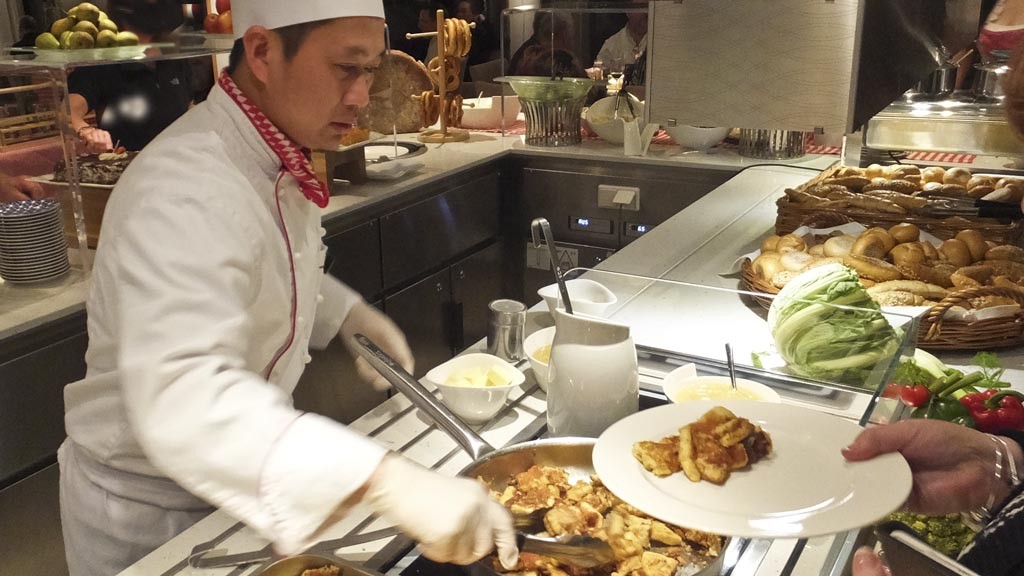
The menus are ambitious and fun, even as they stick close to the kind of comfort foods favored by Americans—who were the vast majority of the passengers on this Viking cruise.
Lunches are all buffet style, whether you eat in the dining room or in the upstairs lounge which features a glass enclosed patio. The menus feature pastas, burgers or sandwiches, salads and a daily soup.
Dinners feature themes that highlight the local cuisines of Hungary, Austria and Germany that we were visiting. Of course in Hungary there’s the obligatory goulash, and it was tastier than one I had ashore.
On Austria night, I developed a real affinity for Kaiserschmarren, fluffy shredded pancakes, that are mixed together with nuts and raisins and topped with fruit sauce. The dish got its name from the Austrian emperor Kaiser Franz Joseph I, who liked his pancakes stirred into a mishmash. But what a delicious mess it is.
Our fellow passengers were mostly newly retired professionals who consistently made for interesting table mates with a wide range of interests. That’s good, because each night you have to share a table in the dining room, as there are no tables for two, only sixes and eights.
5) Efficient and friendly crew
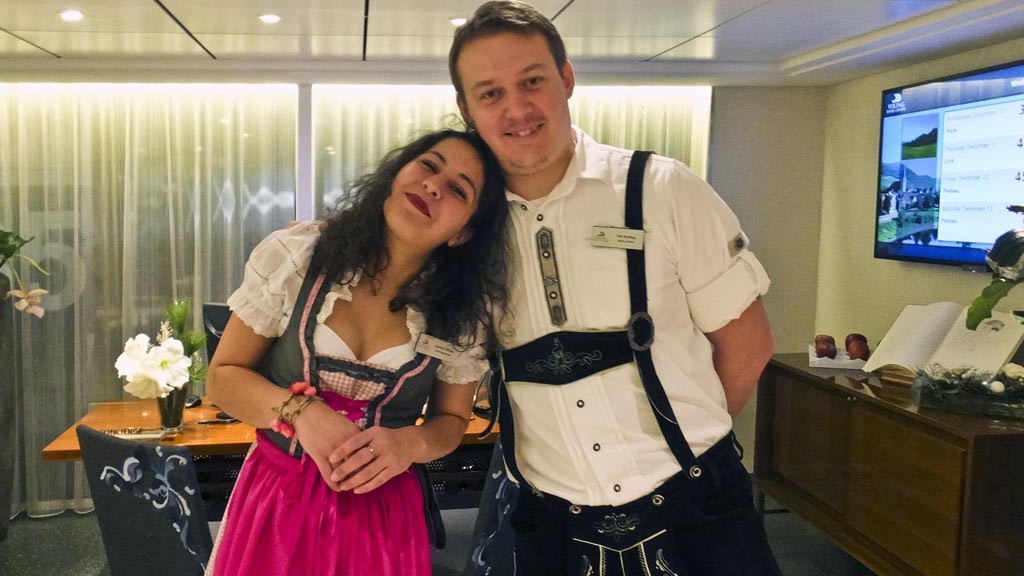
The staff is composed mostly of eastern Europeans and they really seem to enjoy their jobs. They all have a good grasp of English and many have remarkable senses of humor.
One of our regular waiters with a hard to pronounce name encouraged us to call him Jello. He and the wine steward were ready with jokes or advice on the coming day’s port as well as attentive to make sure everyone had enough to eat and refills of the complimentary wines or beer while they were under their care.
The efficiency of everything on board was nothing short of amazing. You could set your watch by the time groups were led to the buses for shore excursions and returned to the ship to find waiters at the door offering snacks.
The meal service at dinners was swifter than I’ve experienced on river ships of other lines, partly due to technology Viking has installed. Waiters key in orders on wireless terminals that send the information directly to the kitchen.
6) All-inclusive–mostly
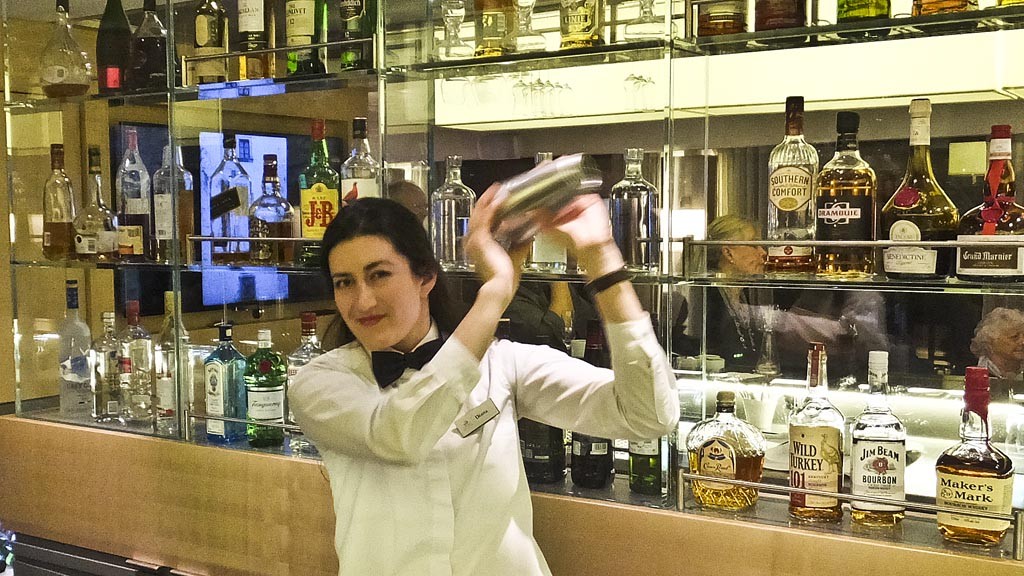
The fares are all-inclusive: aside from gratuities, drinks that are not served at meal times and some premium shore excursions, such as evening concerts.
Wireless Internet is free and I found it pleasingly fast most of the time, except when the ship was deep inside a river lock. Viking has a deal that relays through ground stations in the ports the ships visit, which provides stronger signals than satellite internet links.
While you have to sign a tab for drinks not served at meals, the bar isn’t stingy with the pours. A glass of wine before dinner costs 4 Euros, but you get a full 250 ml glass and the beer is always high-quality German draft.
I found the standard list of wines and spirits fairly limited, so I opted for a premium spirits package. For 150 Euros a person you get unlimited premium wines and cocktails for the week. While others were having the same choice of red or white most nights we could choose from a broad menu of highly drinkable premium European and American wines.
Unlimited still has its limits, though, such as when the cellar ran out of a favorite Chardonnay and the bar couldn’t mix an appletini because they don’t stock apple liqueur. Still, I found the ability to order what I wanted and not have to sign chits was worth the price of the package.
7) Those whimsical names
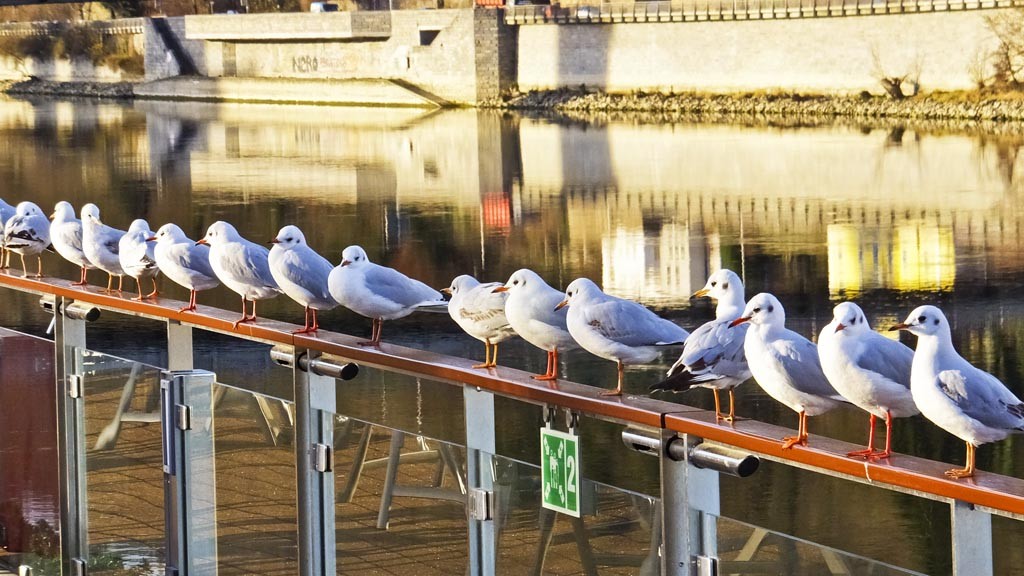
With so many ships, Viking realized they’d be stretched to find enough unique names. So they turned to Norse mythology, which has hundreds of characters. Of course, there’s a Viking Odin and a Viking Tor (Thor) but other names can get pretty obscure and sometime tricky to remember.
Our ship is the Viking Alsvin, named for one of the legendary horses said to pull the sun across the sky in a chariot driven by Sol. The name Alsvin means “very swift.” Expect to see another ship named for the harness mate Arvakr, whose name means “early riser.”
8) The bottom line
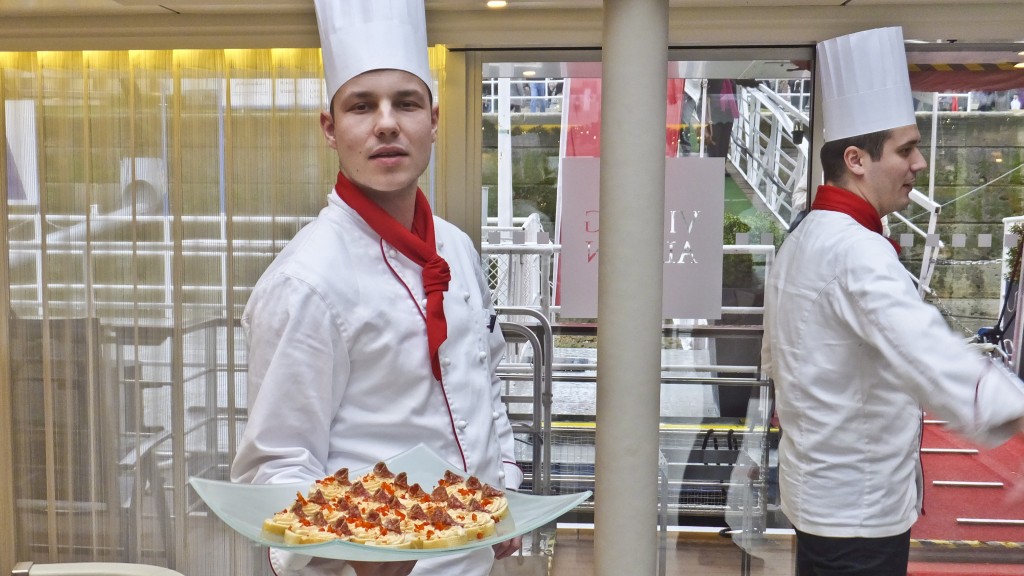
A big reason why Viking River has grown so quickly is that its cruise fares are lower than most of the other lines doing similar itineraries. And the fares cover most everything, except for gratuities. That obviously appeals to value-conscious clients.
Another plus is that with so many ships sailing the river routes, there are often more than one Viking ship doing the same itinerary each week. That means more availabilities for booking during prime high-summer weeks than there are on lines that have fewer ships.

